The 2025 southwest Michigan field crops season in review
Each growing season brings its own unique opportunities and challenges. This article summarizes the weather, pests and learnings from the 2025 crop season in southwest Michigan.

It’s important to keep good records of the different challenges and opportunities from each growing season. Records serve as a reference for future seasons and can help you learn from past mistakes (or wins), adapt and respond to future challenges. This article provides an overview of findings in southwest Michigan. Overall, 2025 had few pest challenges and mostly weather-related challenges. In many cases, you may have had a different experience, pressure or timing than those mentioned below. If so, note that and keep it in your records to help you respond to future crop challenges.
Weather
The 2025 season was considerably warmer and drier than normal. Potatoes started planting in mid-March. Early-season cool temperatures benefited potatoes and winter wheat but delayed corn and soybean planting. Corn particularly was stunted, yellow and delayed from the early-season cool temperatures and cloudy days exacerbated by smoke from Canadian wildfires. Between rain and cool weather, planting didn’t wrap up until around the middle of June.
Mid-June brought storms in much of the region and high temperatures, which continued almost all season long. July and August were especially hot, with multiple weeks of heat indexes in the nineties and beyond. The hot temperatures and high humidity stressed crops and people alike. Some areas of southwest Michigan did not receive any significant precipitation between May and August, and crops were under considerable drought stress. Between the heat and the drought, corn pollination was affected in many fields throughout the region.
A small reprieve in the hot weather came around Labor Day before temperatures ramped up again and continued (again with very little precipitation) until the second week of October, which brought rain and cooler temperatures. Those cool temperatures continued with sporadic rainfall. By the third week of October, soybean harvest was nearly completed and corn was underway.
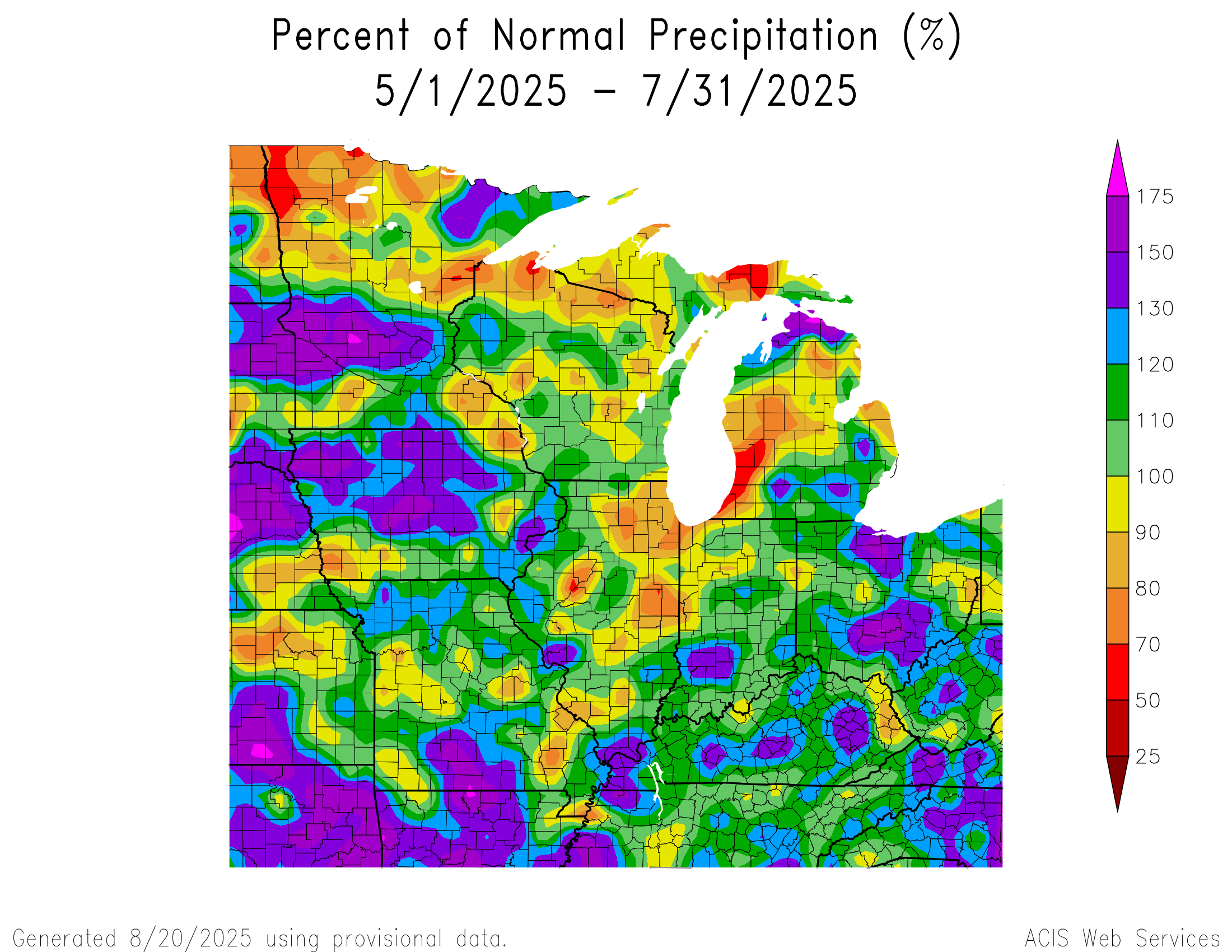
Crops and pests
Soybean
Some young soybeans were damaged by seedcorn maggot in select fields, particularly those planted early in cool weather closely following tillage. Peak flight for seedcorn maggot was April 18. Post-emergence herbicide applications went out around the last week of June and first week of July, which coincided in many instances with hot summer temperatures. This led to some cosmetic damage to the crop, but in most cases it was not expected to affect yield. In mid- to late July, spider mites flared up, exacerbated by high temperatures and a lack of precipitation.
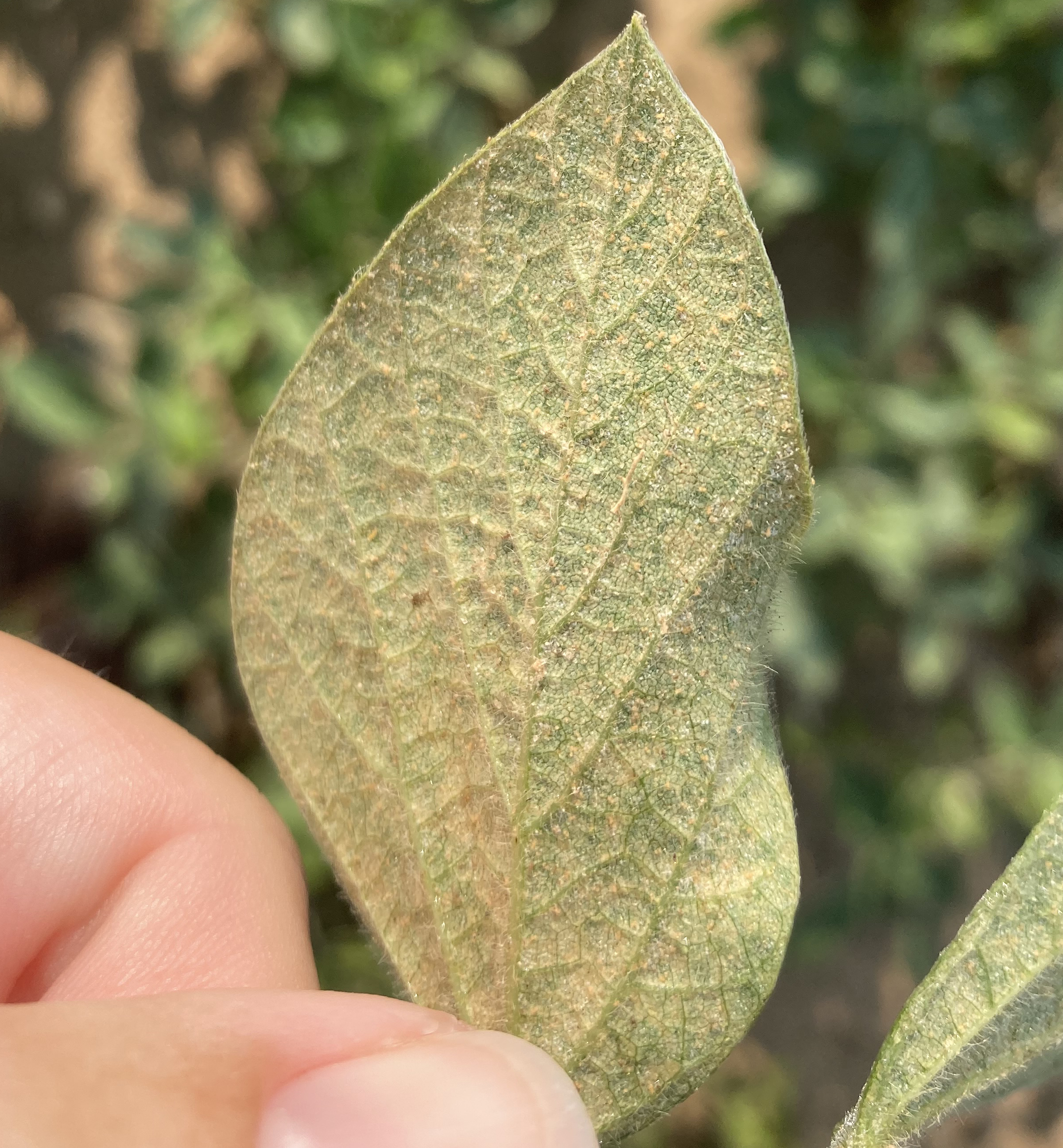
White mold was not much of an issue in 2025 due to the dry conditions. Sudden death syndrome was a more common problem throughout the region. Because sudden death syndrome symptoms look similar to those of red crown rot, it was encouraged to send plant samples in to make sure red crown rot was not in the fields. It is not currently confirmed in Michigan, but it is in neighboring states and has probably crossed the state line at some point. More information can be found in the Michigan State University Extension article, “Red crown rot: A new threat to soybean production.”

Soybean harvest started in mid-September and was mostly wrapped up by the third week of October. Yields were around average on irrigated fields and generally below average in dryland fields that experienced significant drought stress over the growing season.
Corn
Early-season corn was yellowed and delayed, leading to concerns about herbicide damage. In most cases, the yellowing was due to cold temperatures, especially nighttime lows, and cool cloudy days. It wasn’t until the second week of June that temperatures became more hospitable for corn. Sidedress nitrogen applications started to go out shortly after. With a hot summer for the rest of the season, the crop was still able to accumulate plenty of growing degree days.
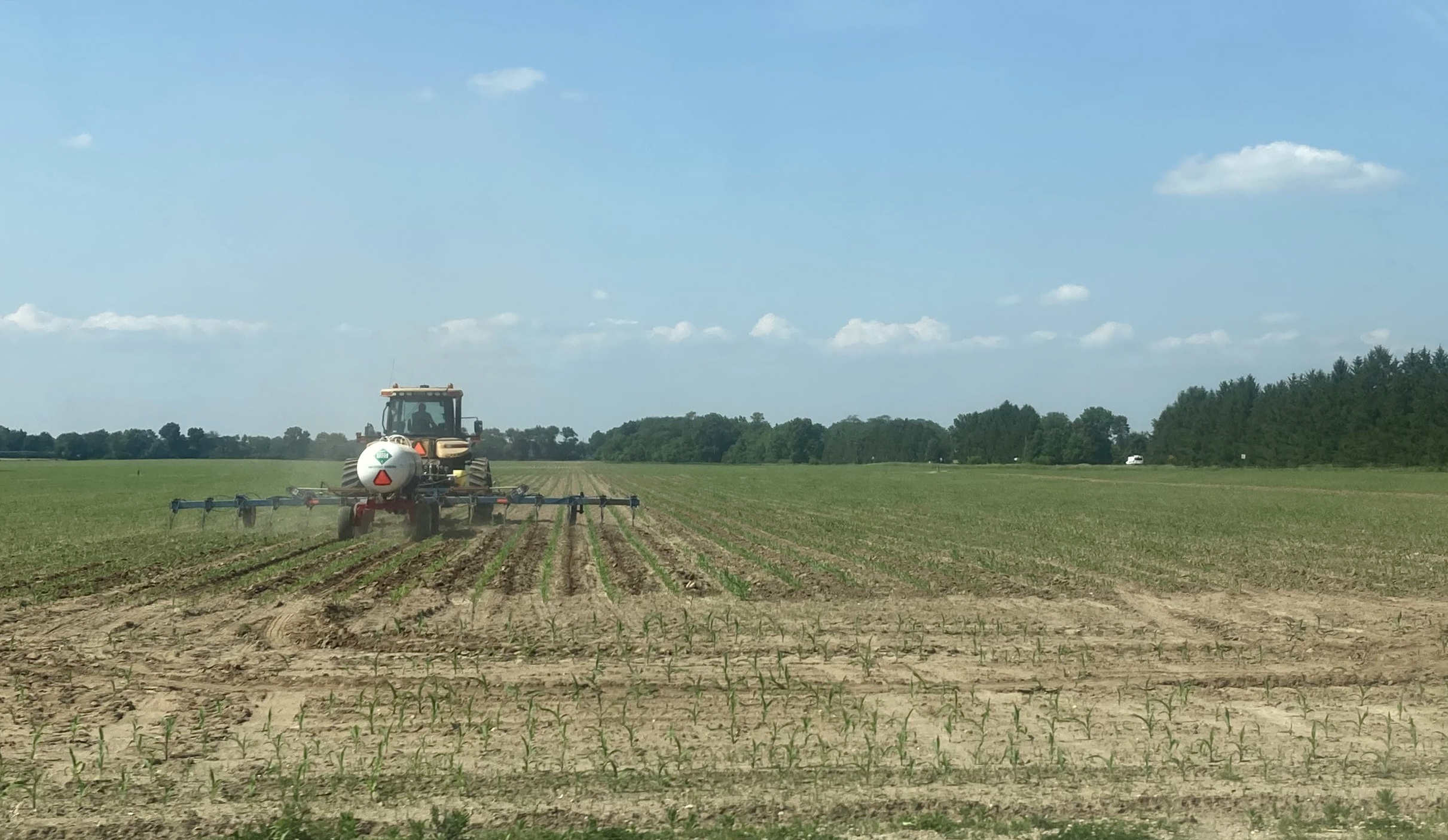
Tar spot was confirmed in Indiana on June 10 but didn’t make its way into southwest Michigan until July 9, starting with Cass County. Despite early infection, the best timing for a single fungicide application is still between VT/R1 and R3/4. Other counties in southwest Michigan did not have tar spot confirmations until the end of July. In most cases, temperatures were too high for tar spot to thrive, and it generally infected the low canopy and then did not increase in pressure until early August when temperatures cooled down for a week or so.
Southern rust flared up in Jackson County later in the summer and was confirmed in St. Joseph County toward the end of August. It is more aggressive and clustered than common rust, and unlike tar spot, southern rust prefers warm and humid conditions. For more information on southern rust and how to manage it, check out the article “Southern rust an occasional threat to Michigan corn” by Michigan State University Extension field crops pathologist Martin Chilvers.
In the cases of both tar spot and southern rust, it’s important to scout individual fields to identify if treatment is needed. While county tar spot and southern rust maps can give an idea of if the diseases are present locally, there is no substitute for physically scouting individual fields.
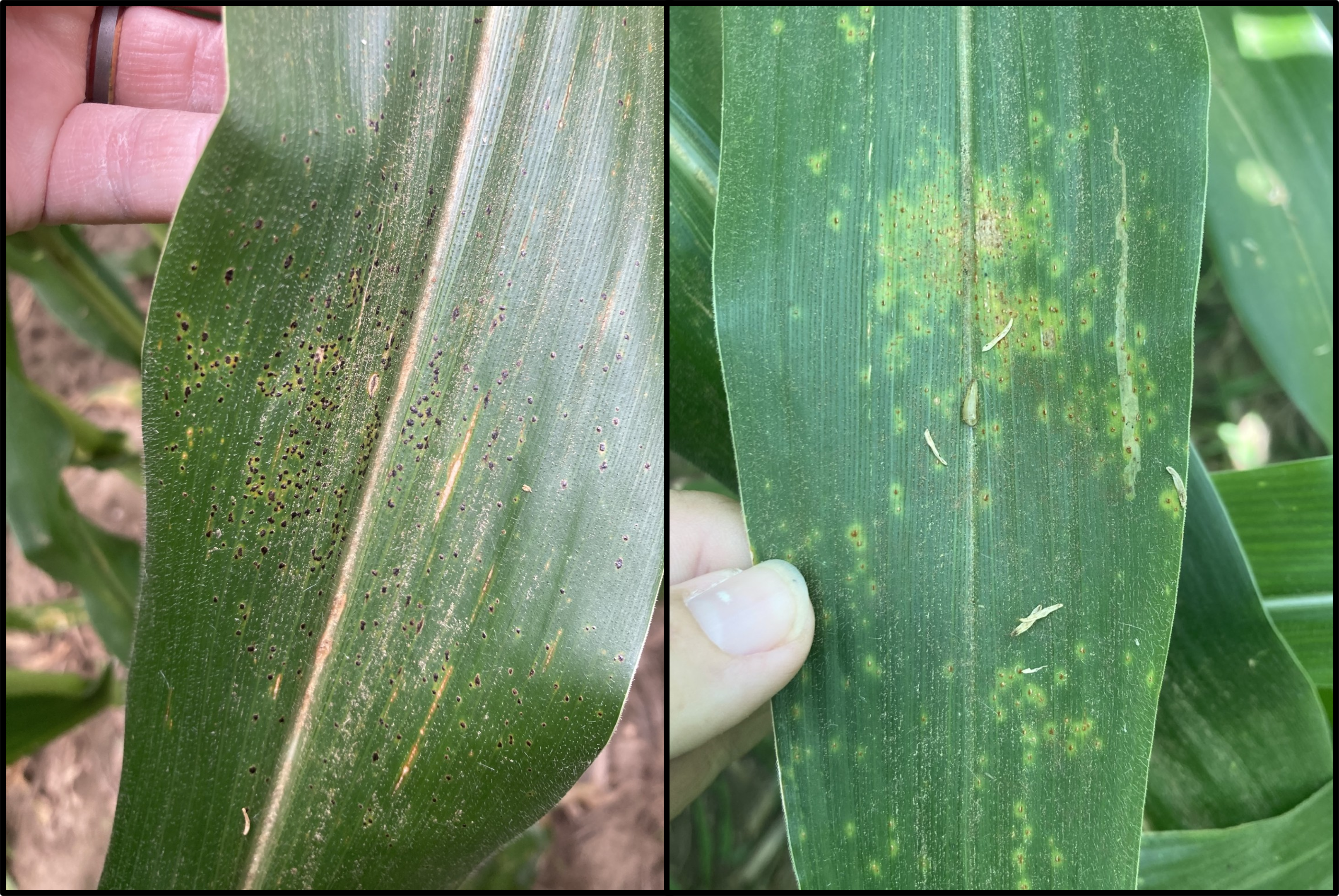
Due to the high temperatures and low precipitation this season, corn pollination was poorer than usual in several fields. Weather conditions during tassel shed on dryland fields played a large role in determining pollination success. Overall, corn was drought-stressed throughout much of July and August.

Seed corn harvest began the last week of August and continued through early October. Commercial corn reached dent (R5) in some areas in late August. Earlier planted and earlier maturing corn hit black layer (R6) the second week of September. Corn harvest started in earnest at the end of October. Most field corn growers reported average or less-than-average yields (depending on local growing conditions).
Winter wheat
Fall planting in 2024 was timely, although many acres of winter wheat were planted without sufficient soil moisture due to dry weather conditions, which delayed germination. Fields that had sufficient moisture emerged quickly and entered dormancy with well-established tillers. Winter weather conditions were conducive to snow mold, which affected some fields in southwest Michigan. Snow mold occurs when snow falls on warm or non-frozen fields, essentially insulating the soil and creating ideal conditions for bacterial and fungal growth.
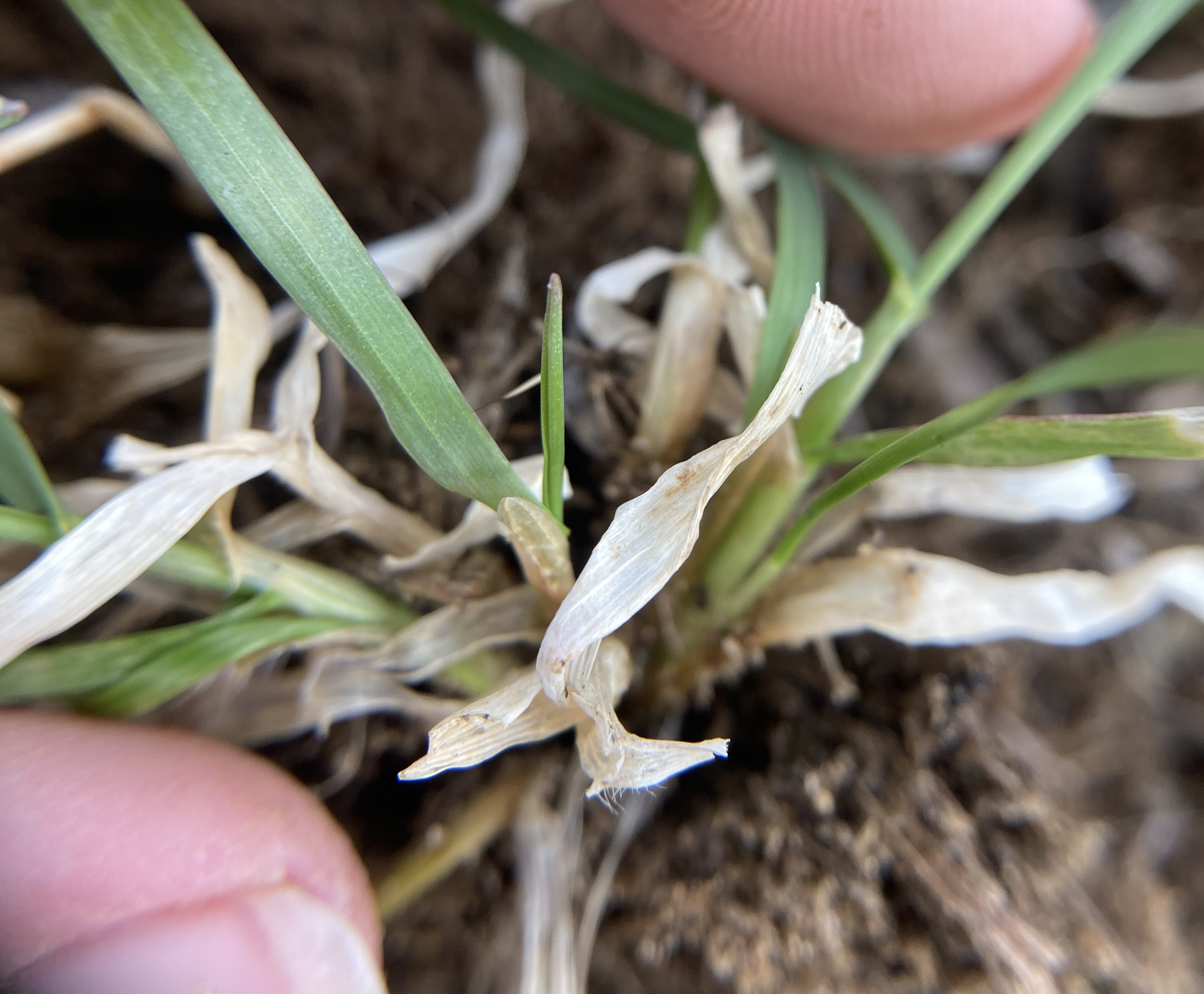
Wheat hit Feekes 6 (jointing) in late April and quickly took off from there. Powdery mildew pressure was heavy in some fields and overall heavier in 2025 than in 2024 for the region. Wheat streak mosaic virus, cereal leaf beetle and aphids were also present early in the season, but they did not cause economic damage in most cases. Early conditions in 2025 were ideal for wheat, with temperatures remaining cool but above freezing through most of May. Flowering occurred in mid- to late May.

After a hot June, wheat harvest started the second week of July and continued throughout most of the month. In general, yields were higher than average. Planting for 2026 began in late September under good conditions and continued throughout much of October.
Forage
Alfalfa weevil was active in alfalfa again this year, peaking in the first week of May. Chemical applications went out on many acres throughout the region. When possible, cutting early is the preferred control method of alfalfa weevil because it helps preserve alfalfa weevil’s many natural predators. The threshold for early cutting of alfalfa at 16 inches or taller is feeding damage on 100% of stems and more than four larvae per stem. Young stands or short plants are not good candidates for early cutting, so if alfalfa weevil thresholds are hit, a spray application should be considered. The thresholds for plants 12-16 inches tall is more than 75% of stems damaged and more than two larvae per stem. For plants 9-12 inches tall, the threshold is more than 50% of stems damaged and more than one larva per stem. For more information, read the article Weevils are popping in alfalfa fields from Michigan State University Extension.
The hot and dry weather throughout the season stressed forages in sandy fields but was conducive to cutting and baling. It also helped keep disease out of the canopy. Overall, forage crops did well in 2025 as long as they had sufficient moisture.

Potato
Potato planting began in mid-March. Although temperatures were cool, fields were dry enough early-season for planting to be slightly ahead of previous years and mostly wrapped up by mid-May. Colorado potato beetles started causing damage around the end of May. Seed treatments only last for so long, and the clock starts ticking at planting. With early planting this year, insecticide efficacy faded earlier, just in time for early emerging Colorado potato beetle to take advantage.
High temperatures and high humidity throughout June, July and August stressed the crop and increased the risk of vine rot and early blight. Late blight risks were generally low, as the disease prefers cooler conditions. Aphid pressure was comparable to last year, which was higher than average. The Michigan State University Extension fact sheet “Managing Colonizing Aphids in Ware Potatoes” covers the different species of colonizing aphids, chemical control options and methods for preventing insecticide resistance in aphid populations.

Dry weather in September and October resulted in an earlier harvest than normal. Overall, harvest finished earlier than normal. Yields were better than expected with the hot summer, but quality was generally down due to high nighttime temperatures throughout the growing season.
Water use and irrigation
This irrigation season started off on the wrong foot. Spring storms caused significant damage across the state, with many irrigation systems, particularly center pivots, flipping over. While such events are beyond our control, we can prepare for them. Having a storm damage checklist and ensuring your irrigation system is properly insured can make recovery much easier.
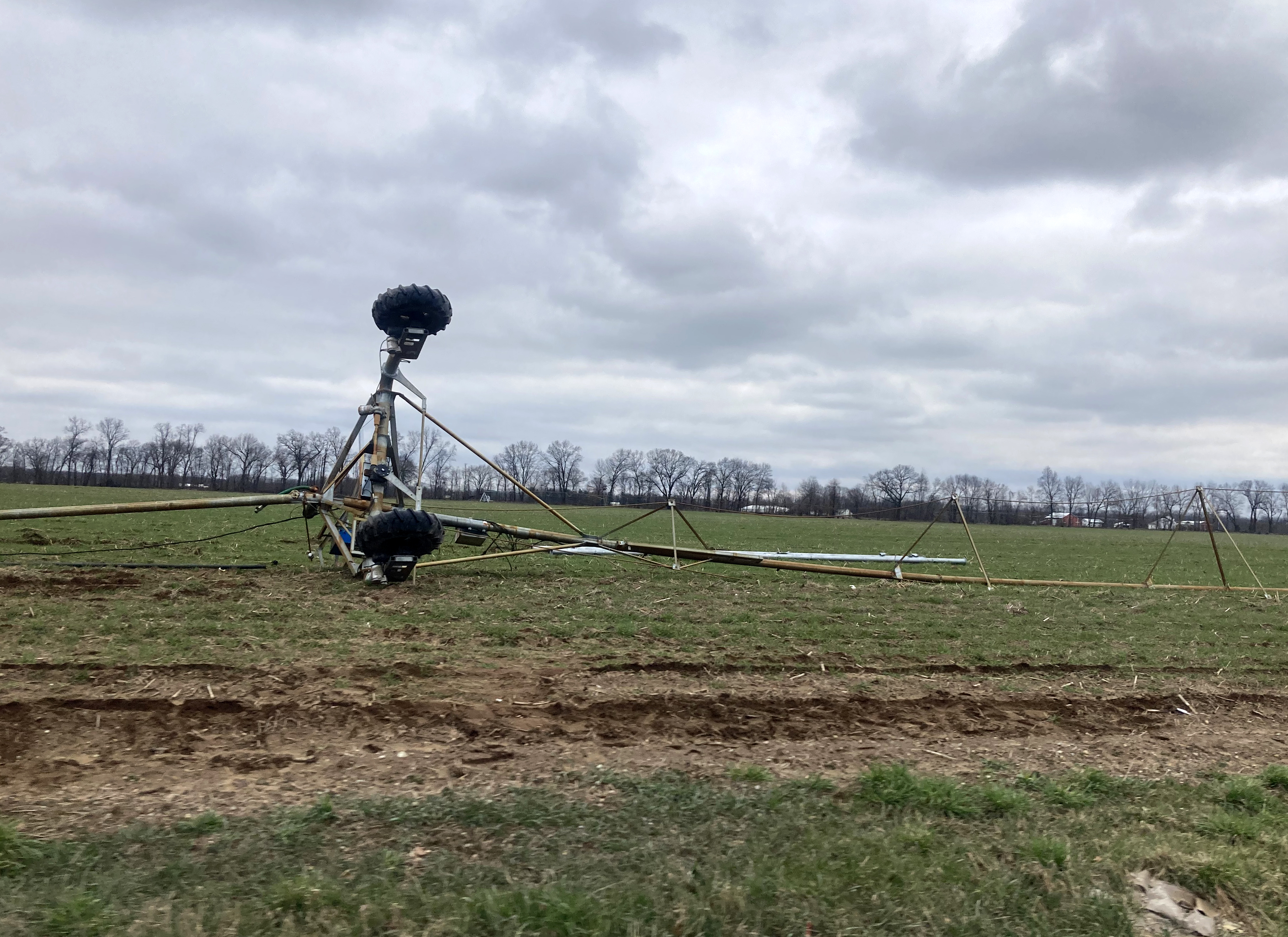
Southwest Michigan faced additional weather challenges throughout the season, particularly with dry spells from June through August that drove up irrigation demand. Warmer temperatures also added to the pressure, increasing crop water use and evapotranspiration on several hot days. Overall, crop water use stayed fairly similar to last year, but rainfall patterns told a different story; some regions received plenty of rain, while others stayed much drier.
These wide swings in weather meant irrigation management looked very different from one farm to the next. For example, Van Buren County recorded approximately 14.3 inches of total precipitation between April and October, about 5 inches below its 20-year average, according to data from the National Weather Service. In contrast, Calhoun County received roughly 5 inches more precipitation than average during the same period. These differences highlight how variable weather was across Michigan, underscoring the importance of field-specific irrigation management and preparation for future seasons.

With little rainfall and warmer-than-usual temperatures this season, some fields ended up under water stress, making an irrigation scheduling plan especially helpful. The example below shows the soil-water balance for a corn field in Van Buren County with loamy sand soil, which holds about 2.6 inches of available water.
Using the Michigan State University Irrigation Scheduler Checkbook method, we can see that the field faced a major soil water deficit from early July through late August. Long dry stretches and limited rainfall during that time meant the soil couldn’t recharge when the crop needed it most. Although the field did get some rain later in the season, most of it came as heavy downpours after the crop’s peak water use had passed. As a result, soil moisture dropped below the recommended threshold of 50% of the soil’s available water capacity.
This is just one example, but many fields across the region experienced similar conditions, while others received enough rainfall to meet crop needs. It’s a good reminder that knowing when to irrigate can be just as important as knowing how much to apply.

This year, Michigan has seen wide variability in precipitation; some areas had enough rain, while others have struggled with drought. To better understand how irrigation affects yield under these conditions, the Michigan State University Extension irrigation team is looking for cooperators willing to share yield data from irrigated fields and non-irrigated areas.
Participants will need to provide:
- Yield data for both irrigated and non-irrigated areas, such as dry corners.
- Estimates of rainfall amounts and irrigation applied.
This information will be used strictly for research purposes. If you’d like to participate or get more information, please fill out this form or contact Angie Gradiz.
Weekly regional field crops updates
If you’re interested in weekly southwest Michigan field crops updates during the growing season, sign up to receive the Field Crops Production news digests or check out the Michigan State University Extension field crops articles weekly from April to October.



 Print
Print Email
Email